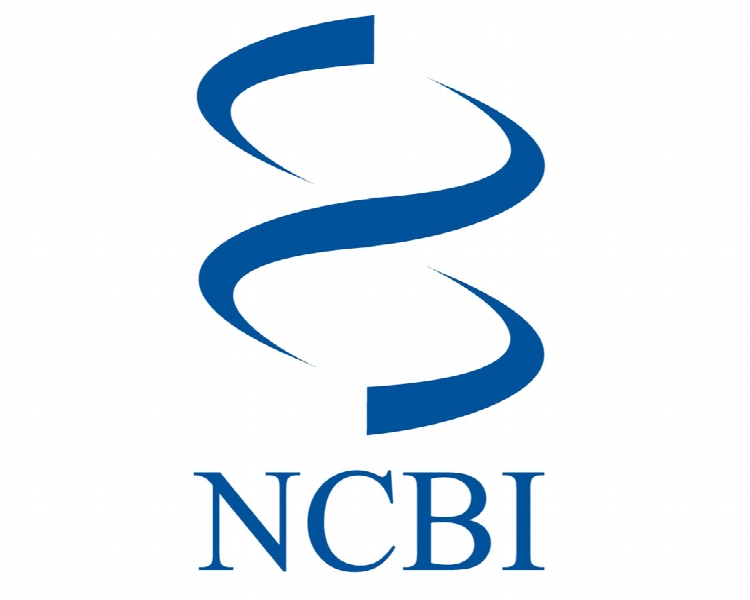روش DeepARG: یک رویکرد یادگیری عمیق برای پیش بینی ژن های مقاوم در برابر آنتی بیوتیک DeepARG: a deep learning approach for predicting antibiotic resistance genes from metagenomic data
- نوع فایل : کتاب
- زبان : انگلیسی
- ناشر : NCBI
- چاپ و سال / کشور: 2018
توضیحات
رشته های مرتبط کامپیوتر، زیست شناسی
گرایش های مرتبط هوش مصنوعی، ژنتیک
مجله میکروبیوم – Microbiome
دانشگاه Department of Computer Science – Virginia Tech – USA
منتشر شده در نشریه NCBI
کلمات کلیدی انگلیسی Metagenomics, Antibiotic resistance, Deep learning, Machine learning
گرایش های مرتبط هوش مصنوعی، ژنتیک
مجله میکروبیوم – Microbiome
دانشگاه Department of Computer Science – Virginia Tech – USA
منتشر شده در نشریه NCBI
کلمات کلیدی انگلیسی Metagenomics, Antibiotic resistance, Deep learning, Machine learning
Description
Background Antibiotic resistance is an urgent and growing global public health threat. It is estimated that the number of deaths due to antibiotic resistance will exceed ten million annually by 2050 and cost approximately 100 trillion USD worldwide [1–3]. Antibiotic resistance arises when bacteria are able to survive an exposure to antibiotics that would normally kill them or stop their growth. This process allows for the emergence of “superbugs” that are extremely difficult to treat. A few examples include methicillin-resistant Staphylococcus aureus (MRSA), which is an extremely drug-resistant bacterium associated with several infections [4], multidrug-resistant (MDR) Mycobacterium tuberculosis, which is resistant to rifampicin, fluoroquinolone, and isoniazid [5], and colistin-carbapenem-resistant Escherichia coli, which has gained resistance to last-resort drugs through the acquisition of the mcr-1 and blaNDM-1 antibiotic resistance genes (ARGs) [6, 7]. The advent of high throughput DNA sequencing technology now provides a powerful tool to profile the full complement of DNA, including ARGs, derived from DNA extracts obtained from a wide range of environmental compartments. For example, ARGs have now been profiled using this kind of metagenomic approach in livestock manure, compost, wastewater treatment plants, soil, water, and other affected environments [8–13], as well as within the human microbiome [14, 15]. Identification of ARGs from such samples is presently based on the computational principle of comparison of the metagenomic DNA sequences against available online databases. Such comparison is performed by aligning raw reads or predicted open reading frames (full gene length sequences) from assembled contigs to the database of choice, using programs such as BLAST [16], Bowtie [17], or DIAMOND [18], and then predicting or assigning the categories of ARGs present using a sequence similarity cutoff and sometimes an alignment length requirement [19–21].


